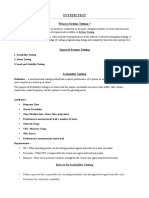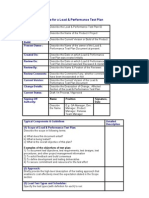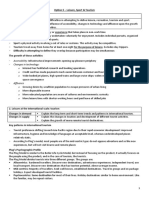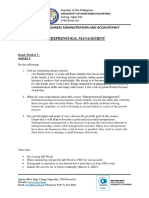0% found this document useful (0 votes)
11 views8 pagesWeb Load in Software Engineering Detailed
Web Load refers to the volume of simultaneous user requests a web application can handle, crucial for performance and stability. Web load testing prevents crashes, identifies bottlenecks, and ensures scalability for future growth. Key tools include Apache JMeter and LoadRunner, while best practices involve monitoring systems and analyzing reports for optimization.
Uploaded by
yy5290122Copyright
© © All Rights Reserved
We take content rights seriously. If you suspect this is your content, claim it here.
Available Formats
Download as KEY, PDF, TXT or read online on Scribd
0% found this document useful (0 votes)
11 views8 pagesWeb Load in Software Engineering Detailed
Web Load refers to the volume of simultaneous user requests a web application can handle, crucial for performance and stability. Web load testing prevents crashes, identifies bottlenecks, and ensures scalability for future growth. Key tools include Apache JMeter and LoadRunner, while best practices involve monitoring systems and analyzing reports for optimization.
Uploaded by
yy5290122Copyright
© © All Rights Reserved
We take content rights seriously. If you suspect this is your content, claim it here.
Available Formats
Download as KEY, PDF, TXT or read online on Scribd
/ 8




















































































